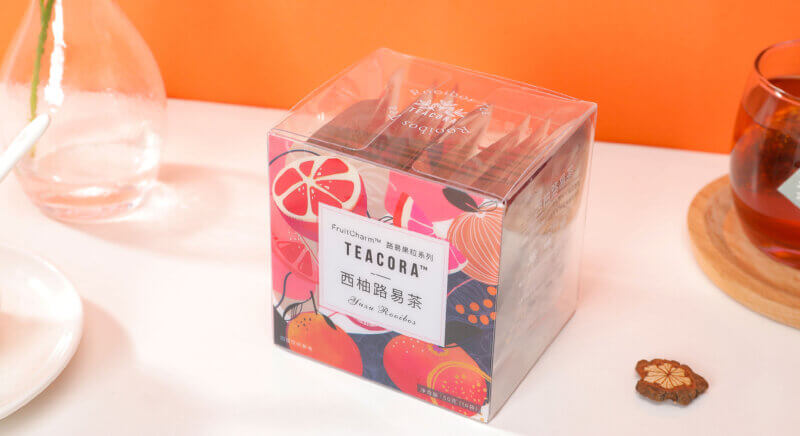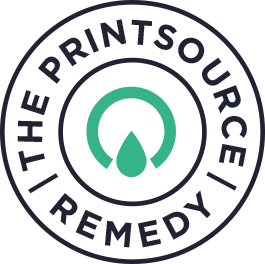It’s not just a vessel; it’s a storyteller, a protector, and a silent ambassador for the values a company stands for. However, in today’s competitive market, where consumer preferences evolve rapidly and sustainability concerns loom large, the significance of food packaging extends beyond mere aesthetics. It’s about embracing a culture of continuous improvement — a feedback loop that ensures food packaging remains relevant, effective, and eco-conscious.
Understanding the Feedback Loop
The feedback loop in food packaging encompasses a systematic approach to gathering insights, analysing data, and implementing changes based on real-world feedback. It starts with understanding consumer behavior, preferences, and expectations. What attracts them to a product on the shelf? What information do they seek? How do they dispose of food packaging after use? Answering these questions lays the foundation for creating food packaging that resonates with the target audience.
However, the process doesn’t end with the launch of a product. Monitoring and gathering feedback post-launch is equally crucial. This feedback can come from various sources: customer reviews, social media interactions, sales data, and environmental impact assessments. Analysing this data provides invaluable insights into what’s working and what needs improvement.
The Case for Continuous Improvement
The business landscape is not static, and neither are consumer preferences. What’s popular today may become outdated tomorrow. Continuous improvement ensures that food packaging keeps pace with changing trends, technologies, and sustainability standards. It allows brands to remain agile, responsive, and ahead of the curve.
For instance, suppose a scale-up food brand receives feedback that its packaging is difficult to recycle due to multiple material layers. In response, they might explore alternative materials or redesign the packaging for easier recycling without compromising product integrity. This proactive approach not only enhances the brand’s reputation but also aligns with growing consumer expectations for eco-friendly practices.
Driving Innovation and Differentiation
Continuous improvement fosters a culture of innovation within an organisation. It encourages experimentation with new materials, designs, and functionalities that can enhance user experience and set a brand apart from competitors. Whether it’s incorporating smart food packaging technology for better product tracking or embracing minimalist designs to reduce waste, the possibilities for innovation are endless.
Moreover, food packaging innovation can also drive cost efficiencies and operational improvements. Streamlining packaging processes, optimising material usage, and reducing food packaging waste not only benefit the environment but also contribute to the bottom line.
Embracing Sustainability
In today’s environmentally conscious era, sustainable food packaging is no longer a choice but a necessity. Consumers increasingly expect brands to demonstrate their commitment to reducing environmental impact through their food packaging choices. Continuous improvement plays a pivotal role in this journey towards sustainability.
By regularly evaluating and optimising food packaging materials, designs, and production processes, brands can minimise their carbon footprint, reduce waste, and contribute to a circular economy. This not only appeals to eco-conscious consumers but also mitigates reputational risks associated with unsustainable practices.
Conclusion
In the realm of food packaging, complacency is not an option. To thrive in a competitive market and address evolving consumer demands, brands must embrace a culture of continuous improvement. By listening to feedback, driving innovation, and prioritising sustainability, they can create food packaging that not only captivates consumers but also aligns with their values. The feedback loop isn’t just a process—it’s a journey towards excellence, driven by the relentless pursuit of improvement.




